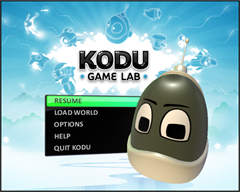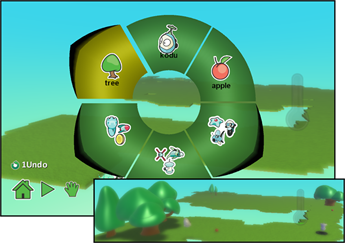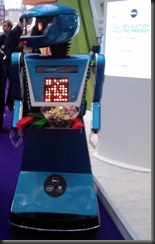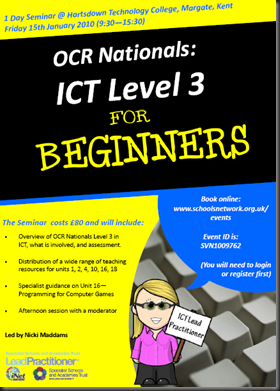 Over the last two days I was lucky enough to be able to attend Microsoft’s Summer Camp held at their Reading campus. During our time there myself and the other “happy campers” spent a large amount of time sharing and discussing ideas with each other and learning about lots of fantastic free tools from Micrsoft. We spent the second day creating demo videos on how to use various Microsoft tools in the classroom. Existing videos (Innovids) can be found on the Innovative Teachers YouTube Channel and the ones we create will be added to these throughout the next few months.
Over the last two days I was lucky enough to be able to attend Microsoft’s Summer Camp held at their Reading campus. During our time there myself and the other “happy campers” spent a large amount of time sharing and discussing ideas with each other and learning about lots of fantastic free tools from Micrsoft. We spent the second day creating demo videos on how to use various Microsoft tools in the classroom. Existing videos (Innovids) can be found on the Innovative Teachers YouTube Channel and the ones we create will be added to these throughout the next few months.
Some notable pieces of software that were mentioned during camp are as follows. Many would certainly be excellent across a variety of different subjects:
- Ribbon Hero – Add-on for Office that allows you to learn more about the office applications and test your knowledge, you can even link it to Facebook to compete against others!
- Flash Cards – Web-based tool that allows you to create online flash cards which you can then share with students.
- Zoom It – Fantastic little application that allows you to zoom into any part of your screen by assigning hot keys.
- Bing Maps – Allows you to use various overlays/add-ons to enhance your experience of Bing Maps, some notable mentions include newspaper front pages from around the world and medical statistics in America, plus many, many more.
- Photosynth – Online application in which you can stitch photographs together and share them online.
- Deep Zoom Composer – Create pictures with hidden pictures inside which you can then zoom into. The best way to demonstrate this is to point you towards the Hard Rock Cafe website.
- Office Web Apps – Online versions of Micrsoft Office applications.
- True Space 3D – 3d Modelling software
- . . . and of course one of my favourites, Kodu! I won’t go into too much detail about this here as you will find lots of information on past posts. Although I would like to just let you know that online booking is now open for my Kodu in the Klassroom seminar in December.
This is by no means and exhaustive list as lots of other tools were also discussed. For more information check out the following blogs:







